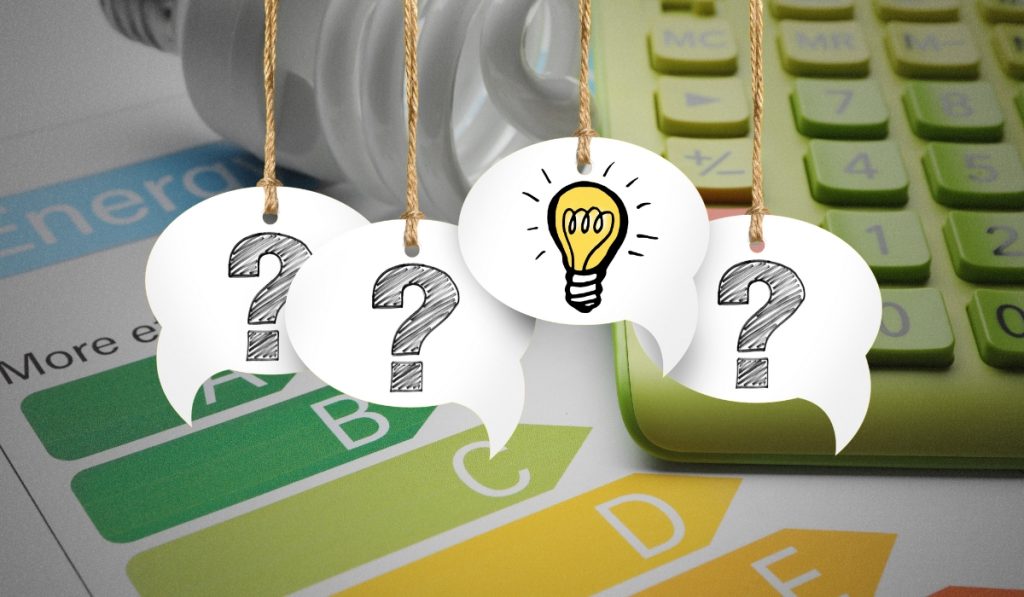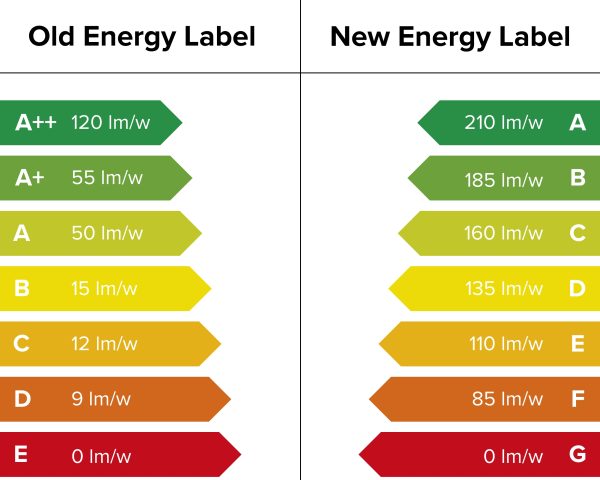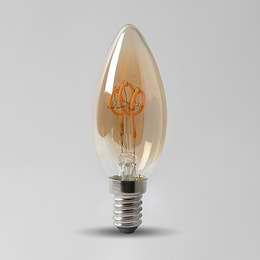Understanding the New Energy Ratings on Light Bulbs
Understanding the New Energy Ratings on Light Bulbs

It often comes as a shock to many who are buying bulbs to see that familiar products are energy rated F or G. This has caused some confusion and a little bit of annoyance as there seemed to be no explanation why previously efficient LED bulbs are now being rated comparatively low. But there’s a perfectly logical explanation for this, and it’s not because your bulbs have suddenly decreased in efficiency.
Since September 2021, the familiar A++ to E scale has been replaced with a simpler A to G scale. This update, introduced by the European Union and adopted in various regions, aims to make it easier for consumers to understand the efficiency of lighting products. But what does this mean for you? Let’s break down the differences between the old and new energy ratings and what to look for when purchasing bulbs.
Why Did the Energy Ratings System Change?

The previous energy rating system, which used categories from A++ to E, became outdated due to advancements in lighting technology. Many LED bulbs were rated A+ or higher, making it difficult for consumers to distinguish between products. A further issue with this scale was that with so many higher rated bulbs on the market, there was no incentive whatsoever for manufacturers to produce more energy efficient products.
To provide a clearer and more realistic scale, regulators decided to reintroduce a simpler A to G rating. With this, all pre-existing lightbulbs are being moved down the scale to make way for more energy efficient products. This opens up a gap at the top end of the scale, and pushes manufacturers to begin developing to reach a higher standard of efficiency to reach that coveted A grade.
Differences Between the Old and New Ratings
The New Scale is Stricter
Under the old system, many LED bulbs received an A+, A++, and A+++ rating. With the new scale, those same bulbs might now be rated B, C, or even lower. This doesn’t mean they are less efficient; rather, the new system sets higher efficiency standards for achieving an A rating.
More Room for Future Advancements
The revised scale is designed to leave room for future energy-efficient innovations. Under the old system, almost all LEDs clustered around the highest ratings, leaving little room to differentiate truly ground-breaking advancements. Now, the A rating is reserved for future, exceptionally efficient bulbs.
QR Codes for More Information
New energy labels include QR codes that consumers can scan to access detailed product information from the European Product Registry for Energy Labelling (EPREL). This feature enhances transparency, allowing shoppers to make more informed decisions.
How to Choose Energy-Efficient Bulbs Now
Don’t Be Alarmed by Lower Ratings - A bulb previously rated A++ might now be labeled C or D under the new system. This doesn’t mean it's inefficient; it simply reflects the stricter criteria.
Look at Lumen Output - Instead of focusing solely on wattage, check the lumen output (brightness) to ensure the bulb meets your needs.
Check the Energy Consumption (kWh/1000h) – This figure remains a reliable indicator of how much electricity a bulb will use over time.
Use the QR Code – If you’re unsure, scan the QR code on the label for more details on the product’s performance and efficiency.
Final Thoughts
The new energy rating system provides a more transparent and future-proof method for assessing light bulb efficiency. While the energy ratings may seem lower at first glance, they better reflect the advancements in lighting technology and encourage the development of even more energy-efficient products. Next time you shop for bulbs, focus on the actual energy consumption and performance rather than just the letter rating. By doing so, you’ll make a smart, energy-efficient choice that benefits both your wallet and the environment.
[related_products is_auto_added="1"]








